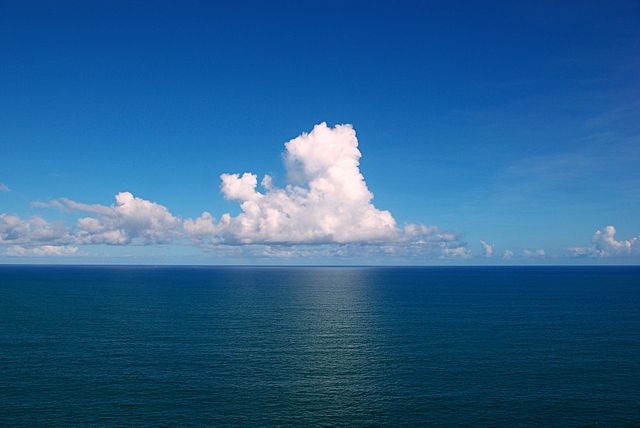
Reproduction
The Stenella clymene does not currently have much available information on the organism's reproduction processes because it has in the past been mistaken for the Stenella longiristris (ARKIVE 2013). This is due to the similarities between each organism's physical appearances. The Stenella clymene is believed to have to same reproduction processes as the organism's close relative which is the Stenella longiristris (Bull 1999).
The close relative to the Stenella clymene is sexual and deoecious, which means that the sexes of this organism are separated between organisms (Davies et al. 1995). It does not reach sexual maturity until the males are ten to twelve years old and the females are five and a half to ten years old (Bull 1999). When sexually mature, this organism is polygynandrous, which is a reproductive strategy in which a males pursue a relationship with two or more females without forming any permanent bonds (Davies et al. 1995). It is also observed that this organism displays a courtship behavior. An example of this would be that the male and female both embrace each other before sexual encounters (ARKIVE 2013). In this relationship, the male has the ability to sense when the female dolphin is ready to mate. This is made possible because the females give off high hormone levels. This does not occur very often, usually only once or twice a year (Bull 1999). Because this organism mates when the females hormone levels are high, it does not have a specific breeding season. Therefore the offspring of this organism are produced throughout multiple seasons.
When the organism is ready to mate, the male swims upside down and underneath the female (Bull 1999). From there it inserts the penis into the reproduction tract of the female. The male then releases sperm which fertilizes an egg within the female body. The created embryo gets its nutrition for survival from the female. The female has an average gestation period of about ten months (Culik 2010). After the ten months, the calf is born and usually is around 75 cm long (Bull 1999). To see a video of a dolphin birth, click HERE. The adult females give birth to only one offspring at a time. This occurs every two to three years for this organism (Bull 1999).
After birth, the mother of the calf provides protection and food . The mother produces a thick milk which the calf feeds upon. The calf may get its necessary nutrients and food from the mother until about six to twelve months of age (NOAA Fisheries 2013). Usually the average weaning age for this organism is about seven months (Bull 1999). This is all dependent on when the calf is ready to consume solid food and hunt for food without the presence of the mother. When the calf is capable of independent survival, it still keeps a bond with the mother for the organism's entire lifetime (ARKIVE 2013). The average lifespan for this organism is about twenty years of age (NOAA Fisheries 2013).
Continue to Interactions